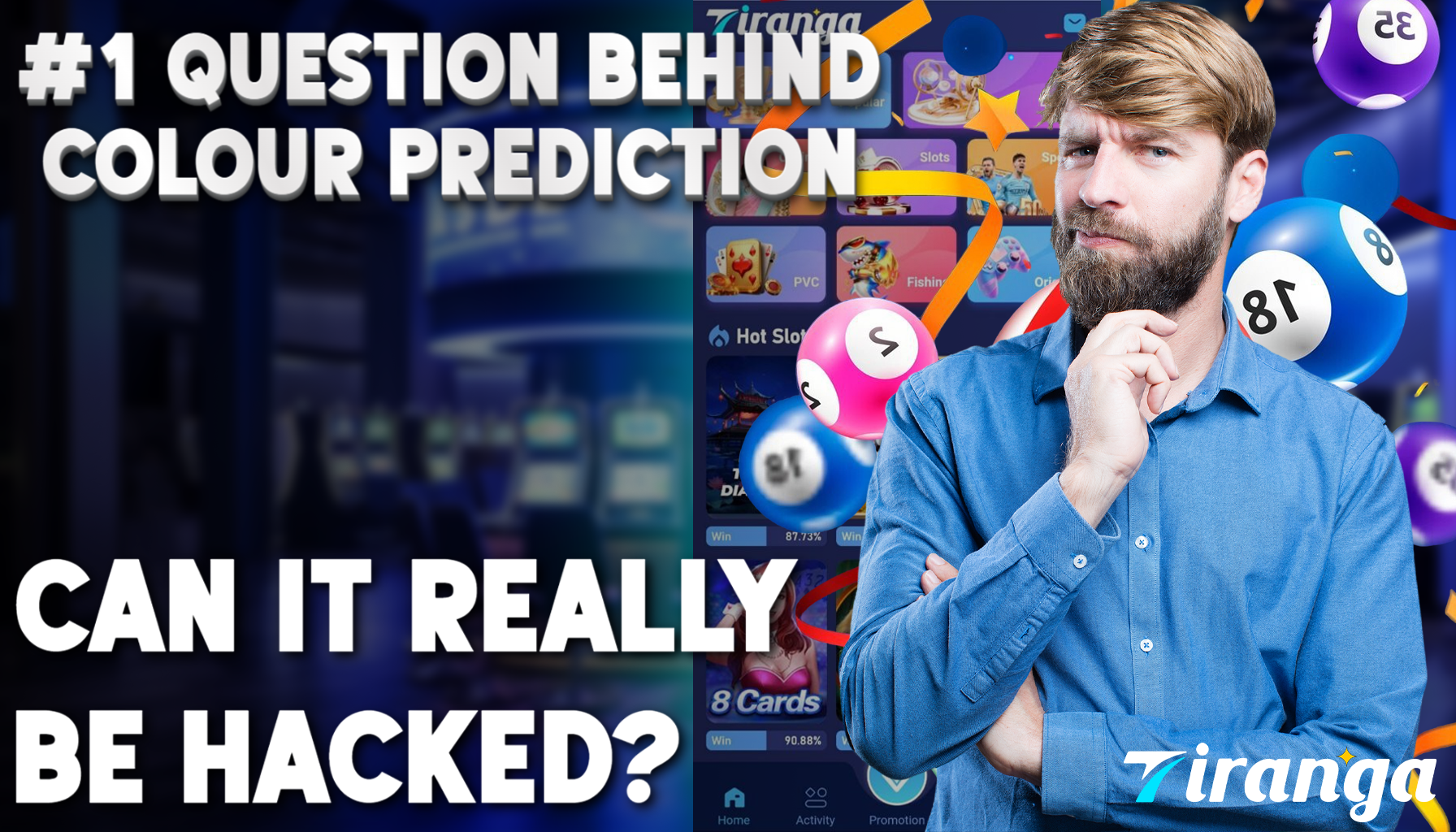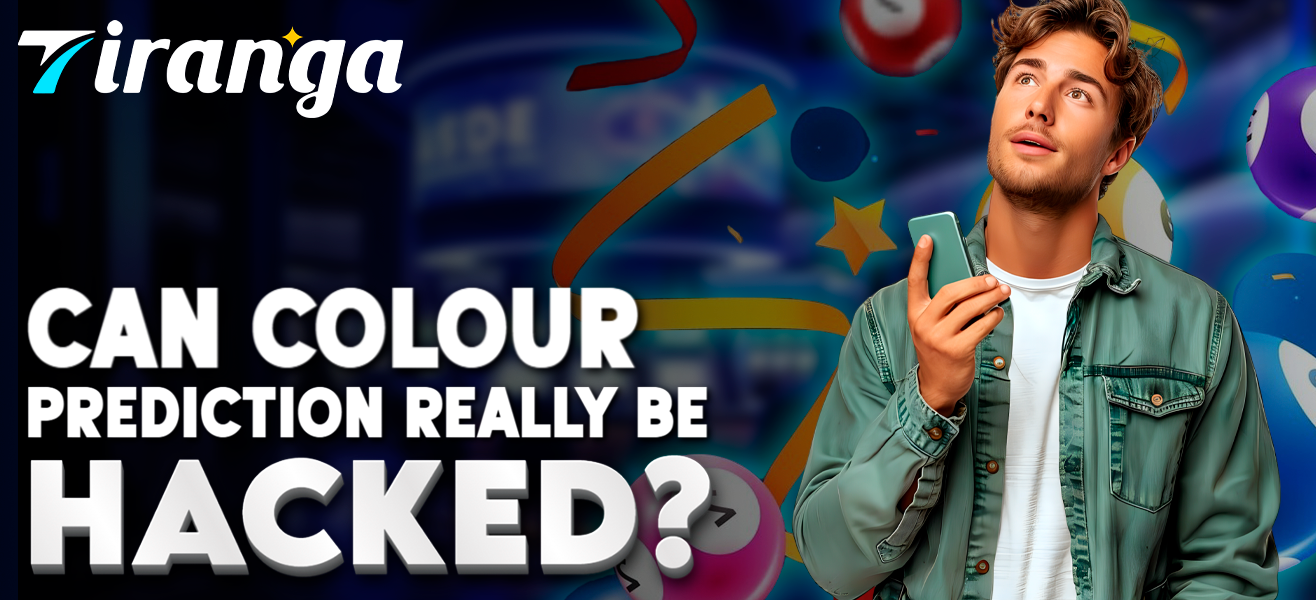
Have you ever wondered if you could guess a colour before it appears? That’s what colour prediction is all about! It’s popular in games, apps, and even marketing. But is it possible to really “hack” colour prediction and get it right every time?
Let’s explore the science, psychology, and tech behind colour prediction and see if it can be hacked.
What Is Colour Prediction?
Colour prediction is all about guessing which colour will appear next or which one people will choose. In some games, you might try to guess the next colour and win rewards if you’re right.
Companies use colour prediction too—they try to pick colours they think will attract customers.
But is there a way to really “hack” this process and predict colours with total accuracy?
How Do We See Colours?
Colours are made from light. When light bounces off an object, it reaches our eyes and gets turned into a colour. Each colour has its own “wavelength,” which is a unique type of light wave. For example, an apple looks red because it reflects red light waves that our eyes recognize as “red.”
But here’s the interesting part: everyone sees colours a little differently. Your eyes and brain work together to make sense of colour, and things like culture and past experiences shape what you like. This is part of what makes colour prediction challenging because no two people see colour in exactly the same way.
Why Do People Like Certain Colours?
Colours do more than just look pretty—they make us feel things too! For example:
- Blue can feel calm or peaceful.
- Red can feel exciting or powerful.
- Yellow can feel happy and cheerful.
These feelings are called “colour associations,” and they affect our colour choices. People often pick colours based on how those colours make them feel.
Different cultures can also change how people feel about colours. In some places, white means peace, but in others, it’s used for sadness. Different people like different colors. This makes it hard to predict what color someone will like..
Personal experiences matter, too. Maybe you love blue because it reminds you of the ocean, or you dislike red because it reminds you of a bad memory. All these things make colour choices very personal, so it’s hard to know what colour someone will pick.
Can We Use Science to Predict Colour Choices?
Scientists try to find patterns in colour choices. By collecting data from lots of people, they can see which colours are popular. For example, they might find that many people like blue or that bright colours are chosen more when people are happy. Knowing these patterns helps, but it doesn’t work every time.
Artificial Intelligence (AI) is also used to predict colours. AI studies large amounts of data and looks for patterns that help it make guesses. AI might notice that people who like green often like blue too. But even with all this data, AI can’t predict individual choices perfectly because everyone’s preferences are unique.
READ MORE: TIRANGA GAME V4, an AI generating colour prediction tool.
Tools and Technology Used in Colour Prediction
Today, many apps, games, and websites use colour prediction. Some use AI to study people’s choices over time and try to learn what colours people like. They use this information to make guesses about what colours will be popular next.
One popular tool is neural networks. These are computer systems that look for hidden patterns in data. For example, a neural network might notice that people who like purple also tend to like blue. But even neural networks can’t perfectly predict what one person will choose every time.
In colour prediction games, apps use these tools to make the game fun and challenging. Players guess the next colour, and even though patterns can sometimes be seen, there’s usually an element of surprise.
Can Colour Prediction Really Be “Hacked”?

“Hacking” colour prediction means finding ways to guess colour choices perfectly. Some people try to beat colour prediction games by looking for patterns, or by keeping track of past choices. But these games often have some randomness, making it tough to guess correctly every time.
Even with the best AI and tons of data, true hacking is almost impossible. Human choices are influenced by so many things—like mood, culture, personal taste, and even the day’s events. All these factors can change, making it hard to predict someone’s choice of colour exactly.
There’s also an ethical question. If companies could predict our colour choices, they might use this to get us to buy things we don’t need. That’s why colour prediction should be used carefully and with respect for people’s choices.
Where Is Colour Prediction Used?
Colour prediction is widely used in marketing, branding, and design. Companies want their colours to match their brand’s message and make customers feel a certain way. For example:
- Blue is often used to look trustworthy.
- Green is used to give a fresh or natural feel.
- Red grabs attention.
In fashion and interior design, colour prediction helps designers decide what colours people will like. Knowing popular colours can help designers create clothes and spaces that people enjoy.
Colour prediction is also important in user experience (UX) design. If you want to make a good app or website, you need to know what colors people like. This helps users have a better experience.
Why Colour Prediction Isn’t Always Right
Predicting colours is hard because people are unpredictable. You might like blue one day but prefer red the next. This unpredictability makes it tough to predict colours accurately every time.
Outside factors, like seasons, holidays, or major events, can also change people’s colour choices. For example, people might prefer brighter colours in spring and darker colours in fall. These influences can change quickly, making it hard for colour prediction tools to keep up.
Technology also has limits. While AI can study lots of data, it can’t understand the personal, emotional reasons behind colour choices. So, while it can spot general trends, it still struggles with individual choices.
The Future of Colour Prediction
With technology getting better, the future of colour prediction looks exciting. New technology can help us understand why people like certain colors. This can help us make better apps and websites.. But there are also important questions about privacy. Companies must use this information carefully and not try to control people’s choices without their knowledge.
Research is ongoing, and the more we learn, the better predictions may become. For now, though, predicting colour choices perfectly is still a goal rather than a reality.
Conclusion: Can We Really Hack Colour Prediction?
In the end, understanding color choices is a mix of science, psychology, and technology.. We can find some patterns, but true “hacking”—predicting exact colour choices every time—remains out of reach. Even with AI, each person’s colour choices are influenced by personal tastes and experiences, which makes them hard to predict exactly.
The future of colour prediction is full of potential for branding, design, and tech, but it must be used responsibly. As we learn more, people’s unique tastes keep colour prediction interesting, surprising, and worth exploring.
